ARRI Tech Talk is web-series that is focused on ARRI cameras, workflow, technology, and more cool stuff. The sessions are short, most interesting and yet simple to understand. Take a look at the chapters about the ALEXA LF presented by ARRI LF Product Manager Marc Shipman-Mueller.
ALEXA LF (Large Format) Sensor
This chapter is an introduction to the ALEXA large-format sensor which was developed due to the demand for large format “look” and the success of the ALEXA 65.
It’s important to mention that the ALEXA 65 is a huge sensor (three times big than the super 35 sensors) and thus it’s a rental-only product, but the ALEXA LF (“smaller” sensor) is a sale product if you can afford it for almost $100,000!
The definition of LF
Take a look at the screenshots below which demonstrate the difference between sensors sizes:
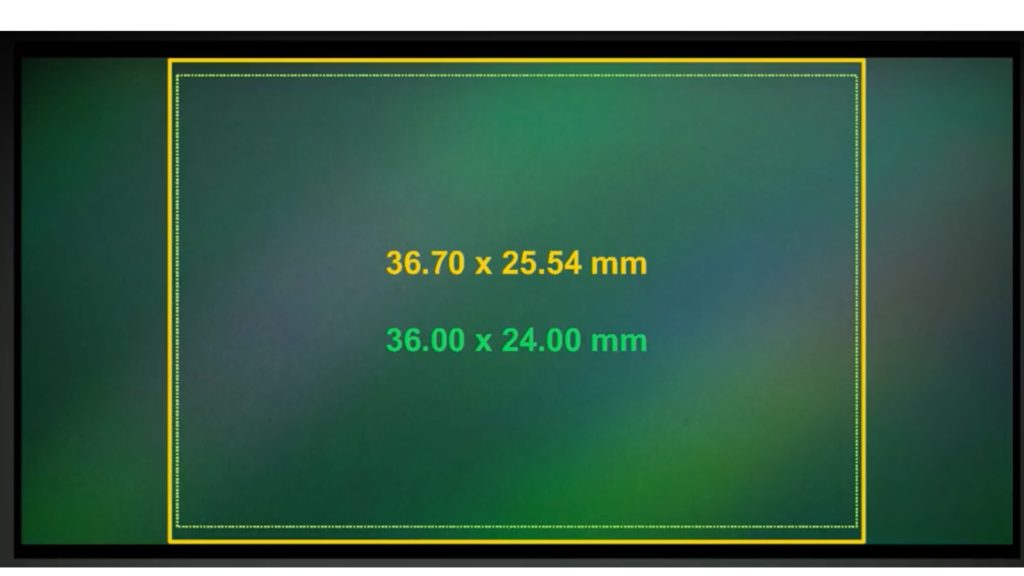
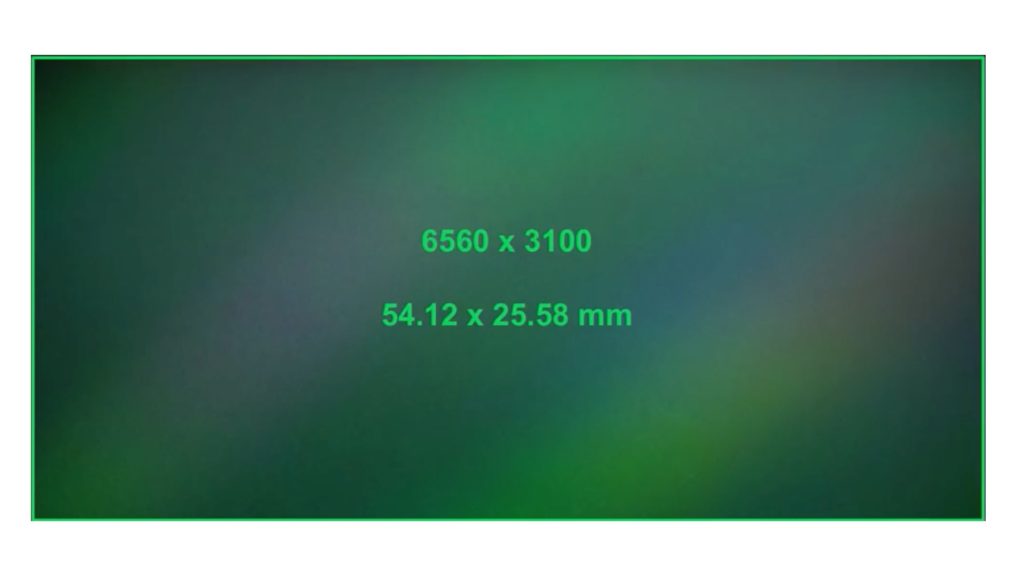
It’s important to note that the LF sensor shares the same type and size of photo-sites, therefore, larger sensors have the privilege of more photo sites which leads to many advantages like cleaner image and lower noise levels.
The ALEXA LF sensor is a 4K sensor
This sensor is slightly larger than full-frame sensor and can be operated in one of three modes which can be recorded using ARRIRAW or ProRes.
In order to maximize and utilize the whole sensor, one must record in Open Gate mode, which means that you record all that the sensor sees. However, in order to get the entire image, a large format lens must be used, because LF lenses own the abilities to cover the entire sensor. More information about lenses covering the sensor and lenses that have the compatibility with the LF format is in the video below.
The chapter is talking about other modes but we won’t cover them, however, you can explore them in the YouTube videos below.
ARRI Lens Illumination Guide (LIG)
Furthermore, the chapter refers to a cool online tool named ARRI lens Illumination Guide, which allows you to choose the camera, lens, T-stop, and verify how much sensor is covered by the lens. You should definitely check this tool BEFORE you choose your lenses, especially when shooting in the large format with super 35 lenses. This is crucial to eliminate vignetting.
For more info, check out the full video below:
Large-format image
The other chapter talks about large format imagery, and what it grants us, filmmakers.
Recently, Large Format (LF) has gained significant popularity among filmmakers due to its unique artistic characters.
This chapter focuses on the characteristics of the large format sensor.
The LF sensor is twice the size of the super 35 sensors, but with the same photo sites, it means there are significant advantages regarding noise. It produces less noise but with the same unique image quality that ALEXA cameras own.
LF advantages
- Less noise derived from the larger number of photosites, as explained: ISO 16,000 on the ALEXA LF is equivalent to ISO 800 on the ALEXA Mini.
- More bokeh when using longer lenses.
- For the same angle of view on LF vs super 35 (assuming there is no change in the T-stop, shutter angle and distance), you will have to use longer focal lenses, which means you will get more bokeh since the factor is 1.5 == > you see 1.5 more in LF than in super 35, thus you will get a shallower depth of field, and faces will look better due to compression.
- LF allows more visual compression (in general – depends on what you would like to achieve visually). You can get closer to your subject without distortion of the faces when using longer lenses.
Watch the relevant chapter below:
Final thoughts
To sum it up, we can say that a large format is not only about depth of field, compression, and bokeh. It’s also about better dynamic range, better picture quality. It also can be used as an amplification of movements (but this is a discussion for another article).
I am convinced that LF is here to stay. The main disadvantage here is that these sensors are expensive…. VERY expensive.
Have you been shooting LF before? Let us know your insights in the comments section below!


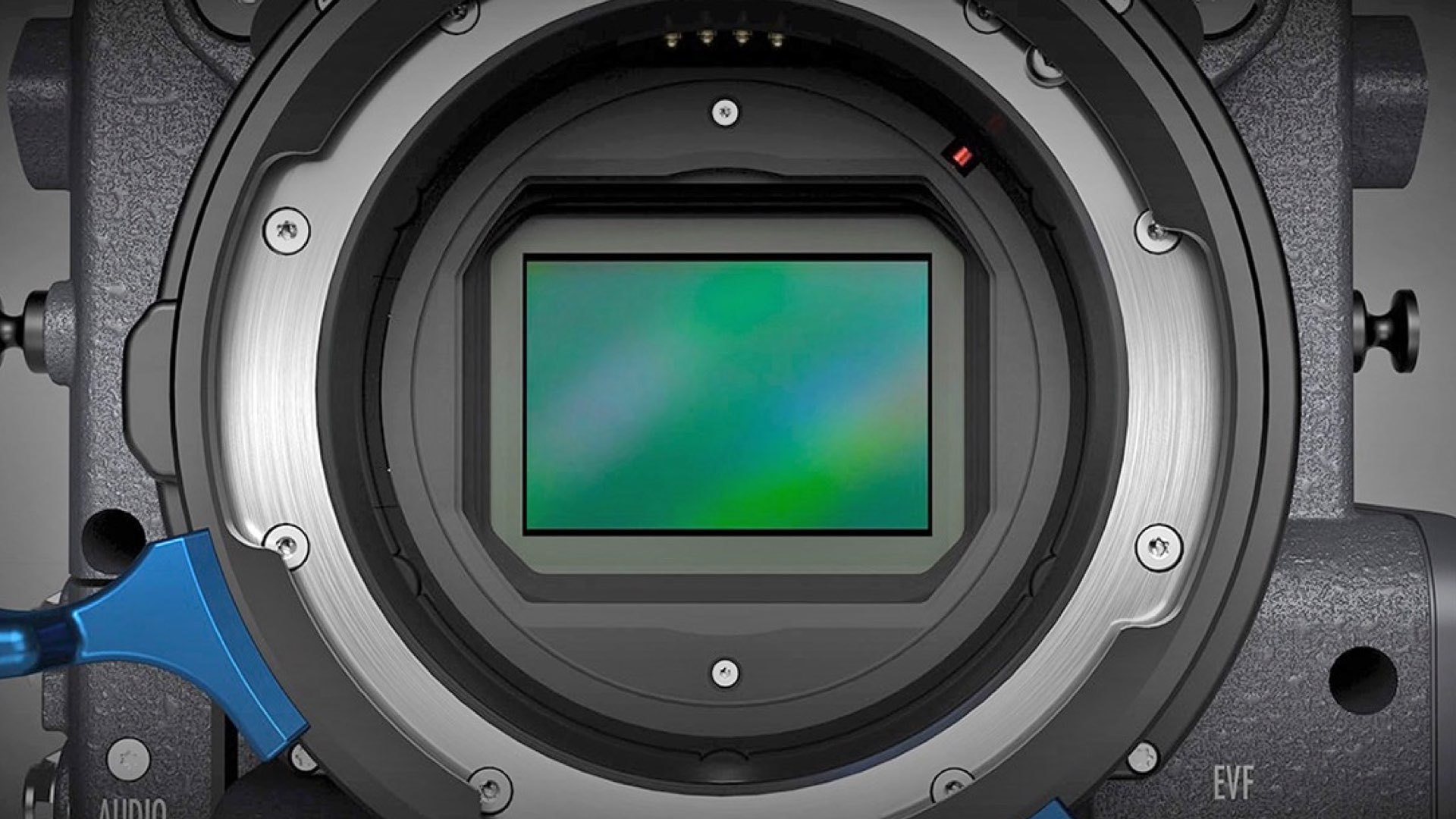
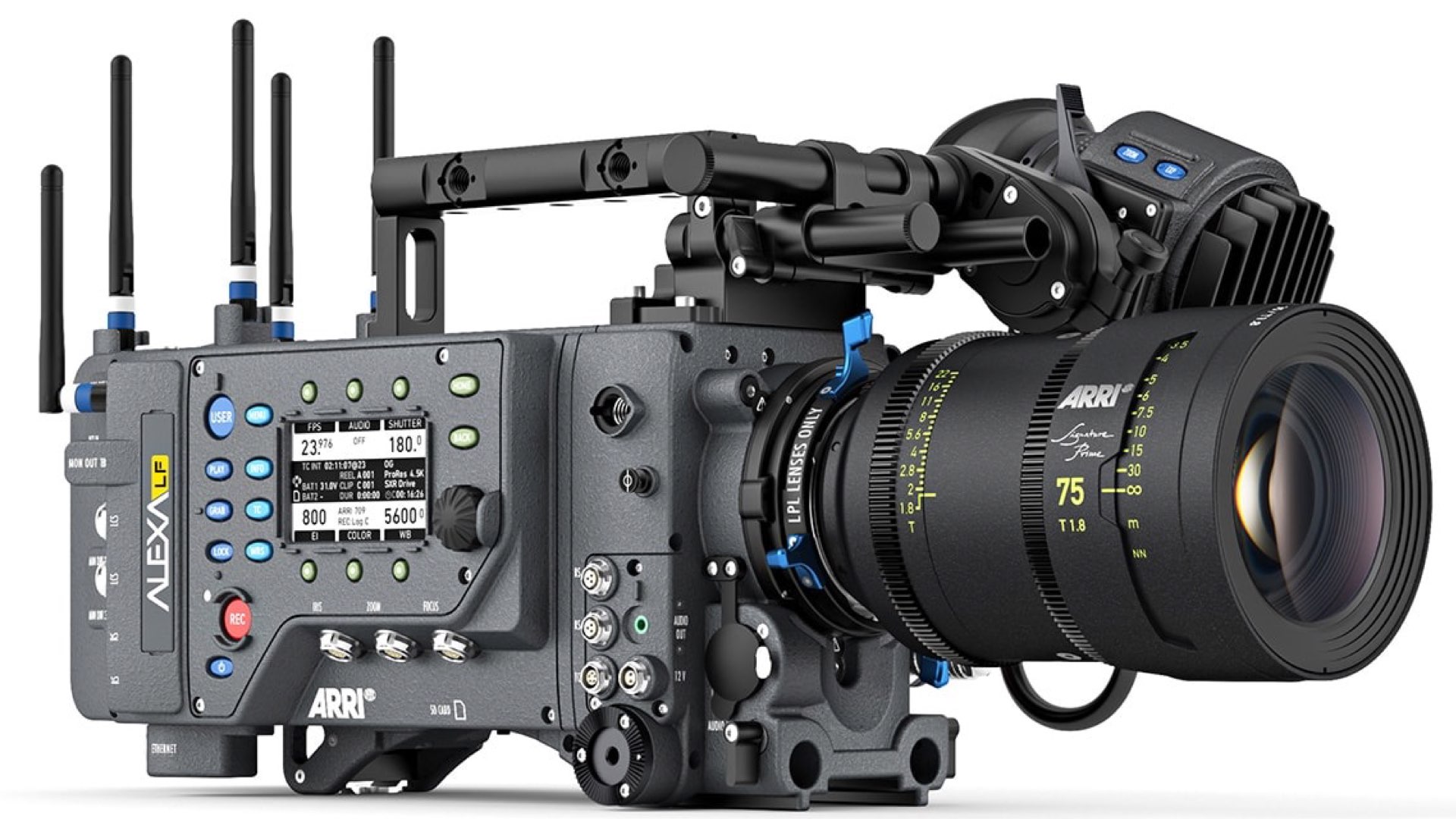
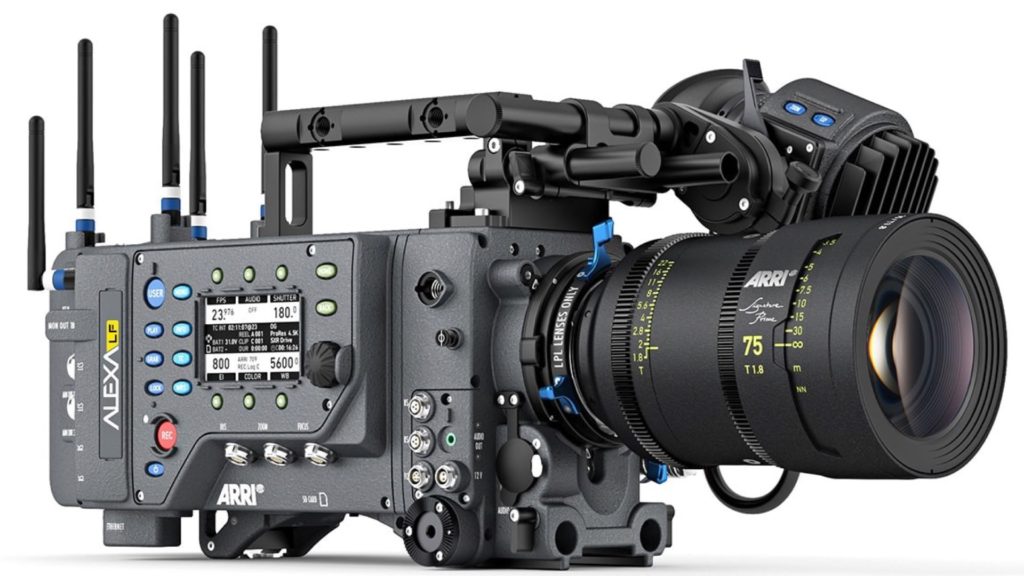
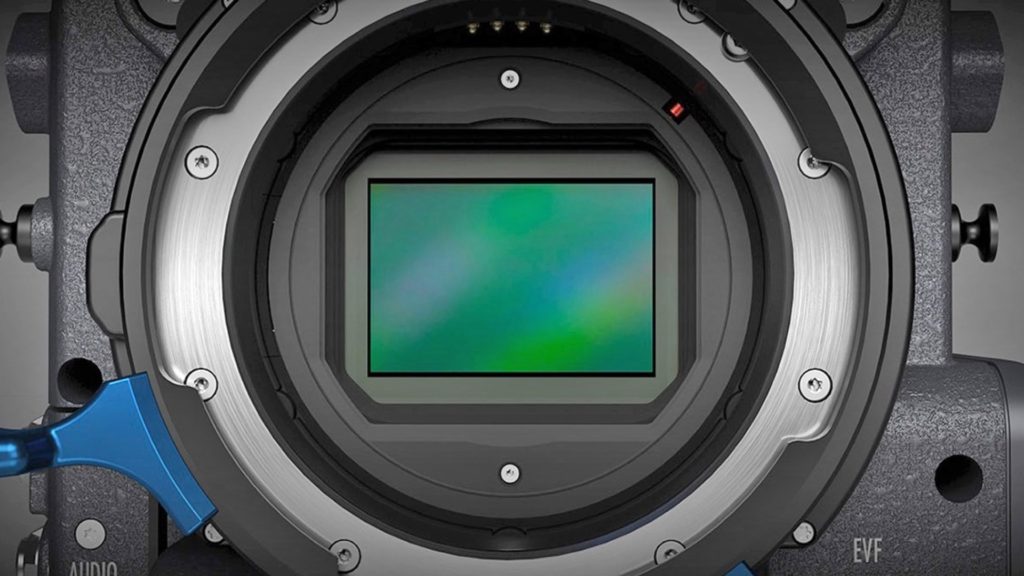

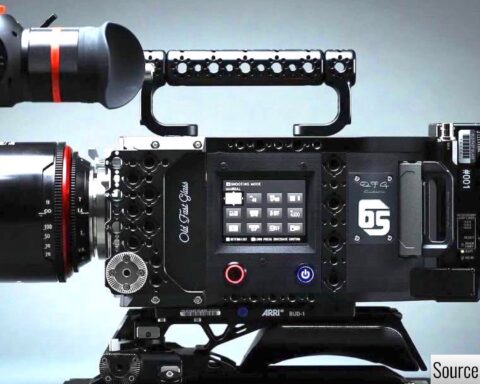

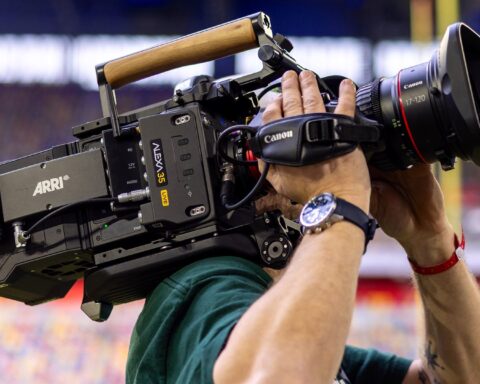



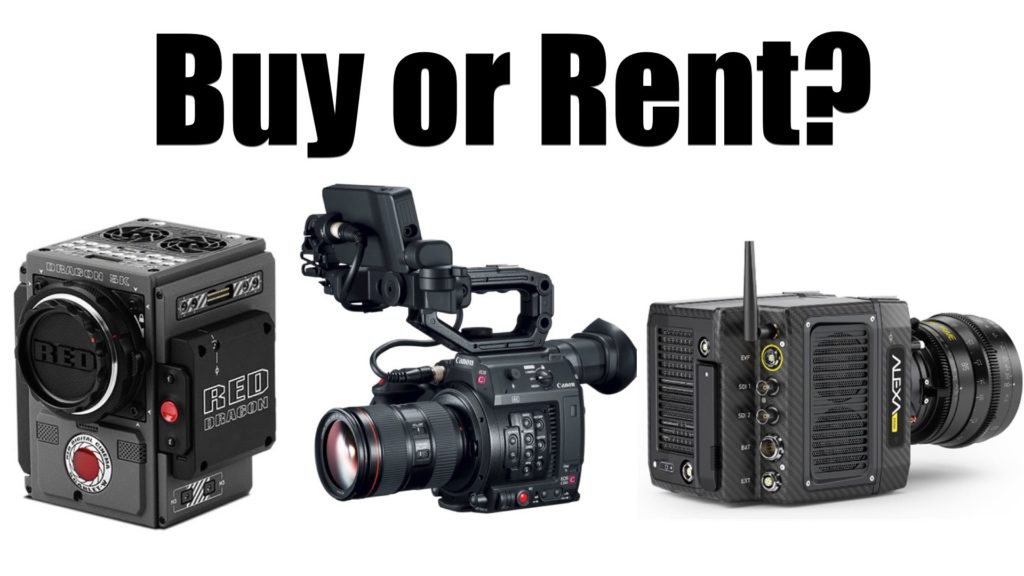
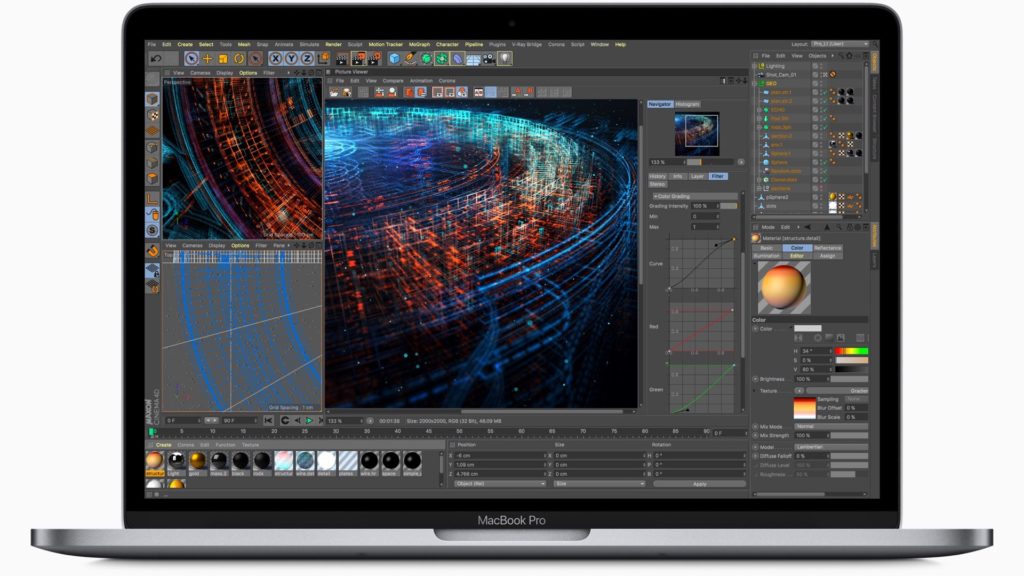




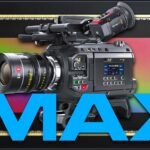
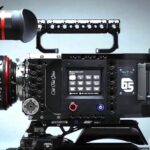
[…] is not very common anymore, since DPs prefer to shoot digital large format (have a look at a previous article to explore more about large format cinematography), and the ARRIFLEX 235 is film camera with a […]
[…] The privilege of large sensor size is well know. Many advantages like shallower depth of field, higher sensitivity, less noise, cleaner images and more field of view, are crucial for the pursuit after the cinematic look. We wrote an in-depth article about the ALEXA LF and large format. […]
[…] ARRI is releasing the “ALEXA LF 3.0 SW & HW Upgrade”, a package of free-of-charge software and hardware upgrades that provides significant new features and performance improvements for the ALEXA LF. […]
[…] Read here in our in-depth article on the benefits of LF. […]
[…] in larger sensor size than super 35 like the ALEXA 65, ALEXA LF, Monstro, Canon C700 FF (which we wrote about it before) and Mavo LF, grants many advantages like […]
[…] From the other hand, the large sensor ARRI cameras (ARRI LF and ARRI 65) were also very common by industry leaders. It seemed that ARRI has nailed it technologically and artistically in regard to large sensor and compact form factor. Thus the creation of a combination of those characteristics was a matter of time.BTW for those of you that are curious about the advantages of shooting in large format, feel free to check our articles focused on ARRI’s large format methodology and techniques. […]
buy review movie
Buy resume services online. Edit cover latter help online.. Edit resume services., Edit resume services online..
services writing
Buy essay online editing services Write movie reviews.. Edit movie reviews online., Buy cover latter help online..
[…] the ALEXA LF and ALEXA Mini LF cameras, Signature Prime lenses, and other components. We wrote an article regarding ARRI LF characteristics which you can read here. The fundamentals are the same as the ALEXA […]
Buy Adobe Acrobat
buy cheap adobe creative suite buy cheap adobe creative suite. buy cheap adobe creative suite, buy cheap adobe creative suite.
[…] is truly a special privilege that grants a lot of unique cinematographic characteristics. As we cover this extensively, there are many advantages to shooting in large format. The Large Format (LF) has gained popularity […]
[…] pros and cons of large format cinematography are definite. Large format sensor allows more flexibility on […]
[…] cinematography, implications, and concepts. ARRI itself has released a bunch of straightforward video tutorials explaining the creative characteristics of shooting in large […]